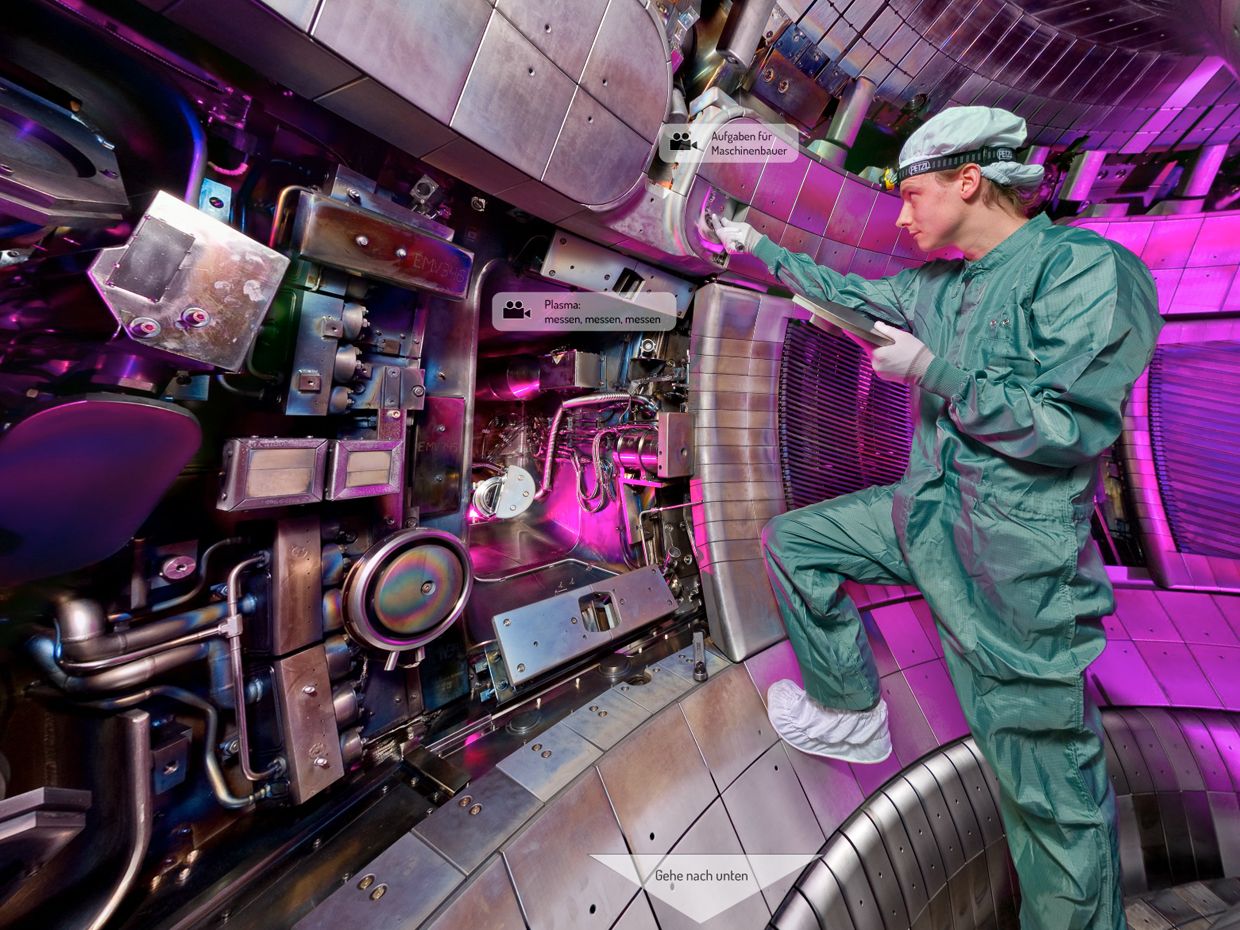DIY
iCandy: A Look Inside
A German plasma chamber, a solar house, a flight simulator, and a $326 000 cellphone
24 Oct 2012
Photo: Volker Steger/IPP
▲
▲
▲
▲
▲
▲
▲
▲
▲
▲
▲
[clickimagelink_new]https://spectrum.ieee.org/slideshow/geek-life/tools-toys/icandy-light-and-sound[/clickimagelink_new]
▲
If you are viewing this page with an iPad or iPhone, click here to launch the slideshow:
/ns/slideshows/10W_SlideS_iCandy2012_ipad2a/index.html
ledix originetools & toysgeek lifetype:slideshowskypesolar decathlonmit media labmax planck institutetools and toys
Willie Jones is an associate editor at IEEE Spectrum. In addition to editing and planning daily coverage, he manages several of Spectrum's newsletters and contributes regularly to the monthly Big Picture section that appears in the print edition.
